Understanding Wireless Propagation in 5G mmWave Communications: Fundamentals with Prof. Emil Björnson's Insightful Video series
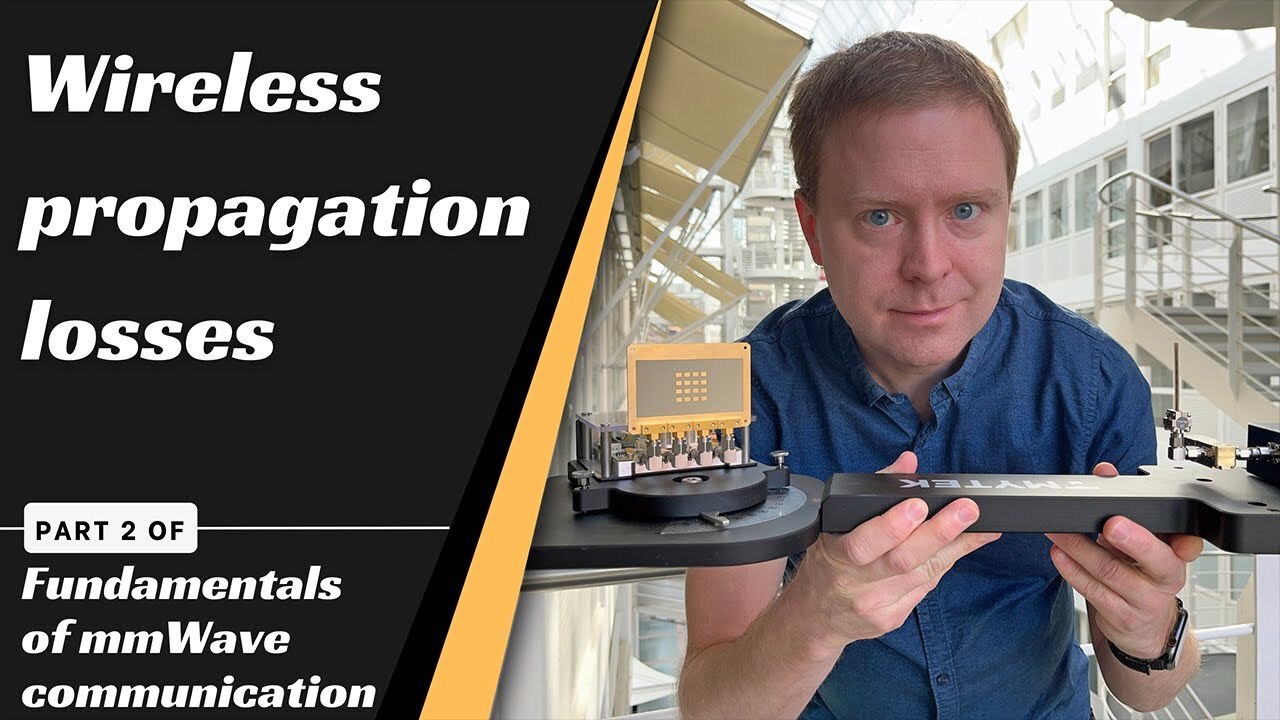
Introduction:
In the previous blog post of Prof. Björnson's Dev Kit experiment, we talked about exploring beamforming directivity in mmWave communications and its fundamentals. In this blog post, we shift our focus to wave propagation in mmWave communications, building upon the insights gained from the previous discussion. Specifically, we will delve into the behavior of signal strength with distance and the impact of various objects on signal penetration. By understanding these factors, we can gain a comprehensive understanding of the challenges and opportunities associated with mmWave communications in 5G networks.
➭ Visit the previous blog post here: Exploring Beamforming Directivity in mmWave Communication.
Distance Variation and Beamforming
Beamforming is a fundamental technique used in mmWave communications to enhance signal strength and reliability. By employing multiple transmit antennas, signal waves can be directed towards the receiver, resulting in constructive superposition. Prof. Björnson demonstrates this concept using a setup with 4 transmit antennas in a 16-patch structure and a single receiving antenna. Despite the focused transmission, the signal energy still spreads out, akin to inflating a balloon. Understanding how the received signal power behaves with distance is crucial for optimizing communication systems.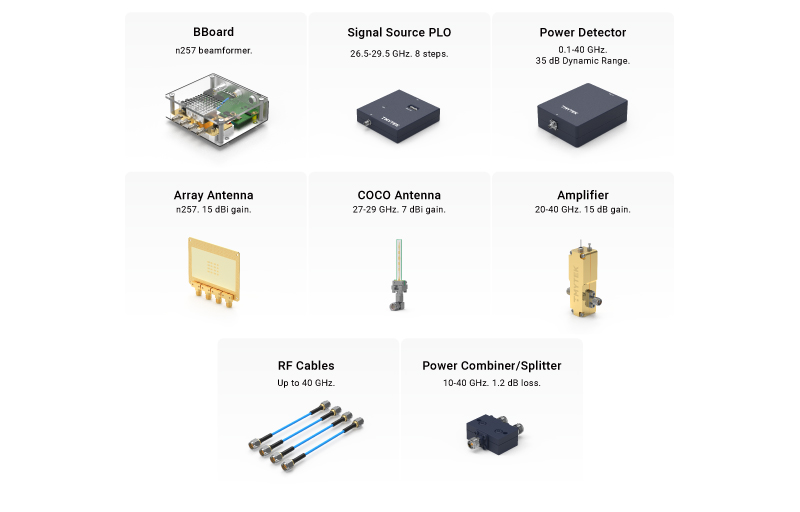 Image 1: Contents of the TMYTEK Developer Kit Prof. Björnson utilized in the setup in his video.
Image 1: Contents of the TMYTEK Developer Kit Prof. Björnson utilized in the setup in his video.
Experiment 1: The Influence of Distance
Prof. Björnson conducted measurements at various distances, starting from 30 centimeters, revealing a consistent trend of decreasing power with increasing distance. The received signal power aligns with the expected decay model, where it decreases inversely proportional to the square of the distance. In an ideal scenario without obstructions, the received signal power is anticipated to decrease with the square of the distance. A practical wireless channel exhibits different coefficients appearing as a power to the inverse distance; in a free space, line-of-sight environment, the coefficient equals to 2. However, real-world scenarios are rarely obstacle-free, introducing variations to the power reduction trend.
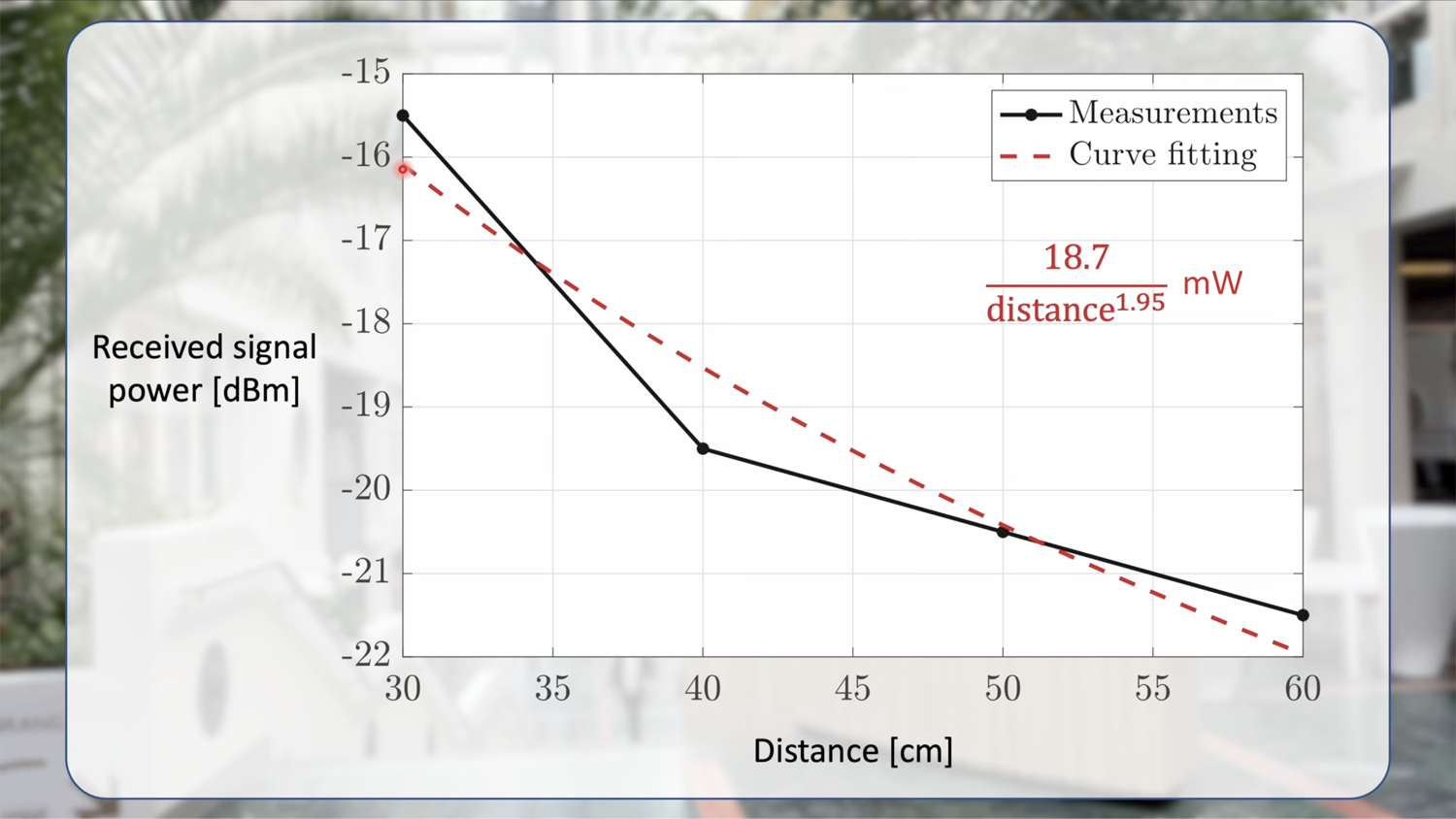 Image 3: Four measurements at distances of 30, 40, 50, and 60 centimeters. The graph demonstrates the decrease in received signal power as distance increases (screenshot from Prof. Björnson’s video).
Image 3: Four measurements at distances of 30, 40, 50, and 60 centimeters. The graph demonstrates the decrease in received signal power as distance increases (screenshot from Prof. Björnson’s video).
The graph demonstrates that as the distance increases, the received signal power decreases, aligning with expectations. A red curve is shown, representing the best curve fit based on a model where the received signal power decays with distance.
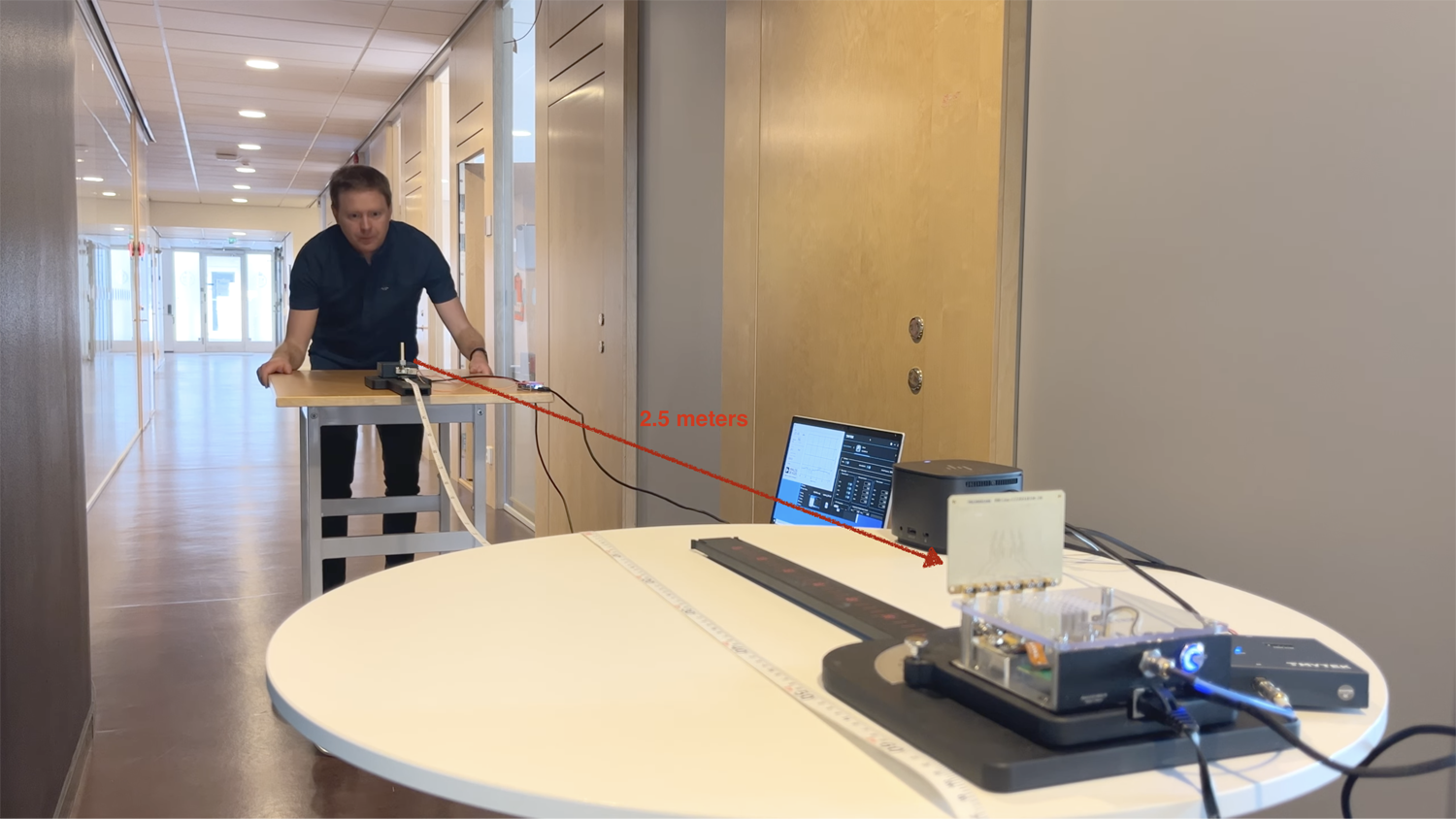
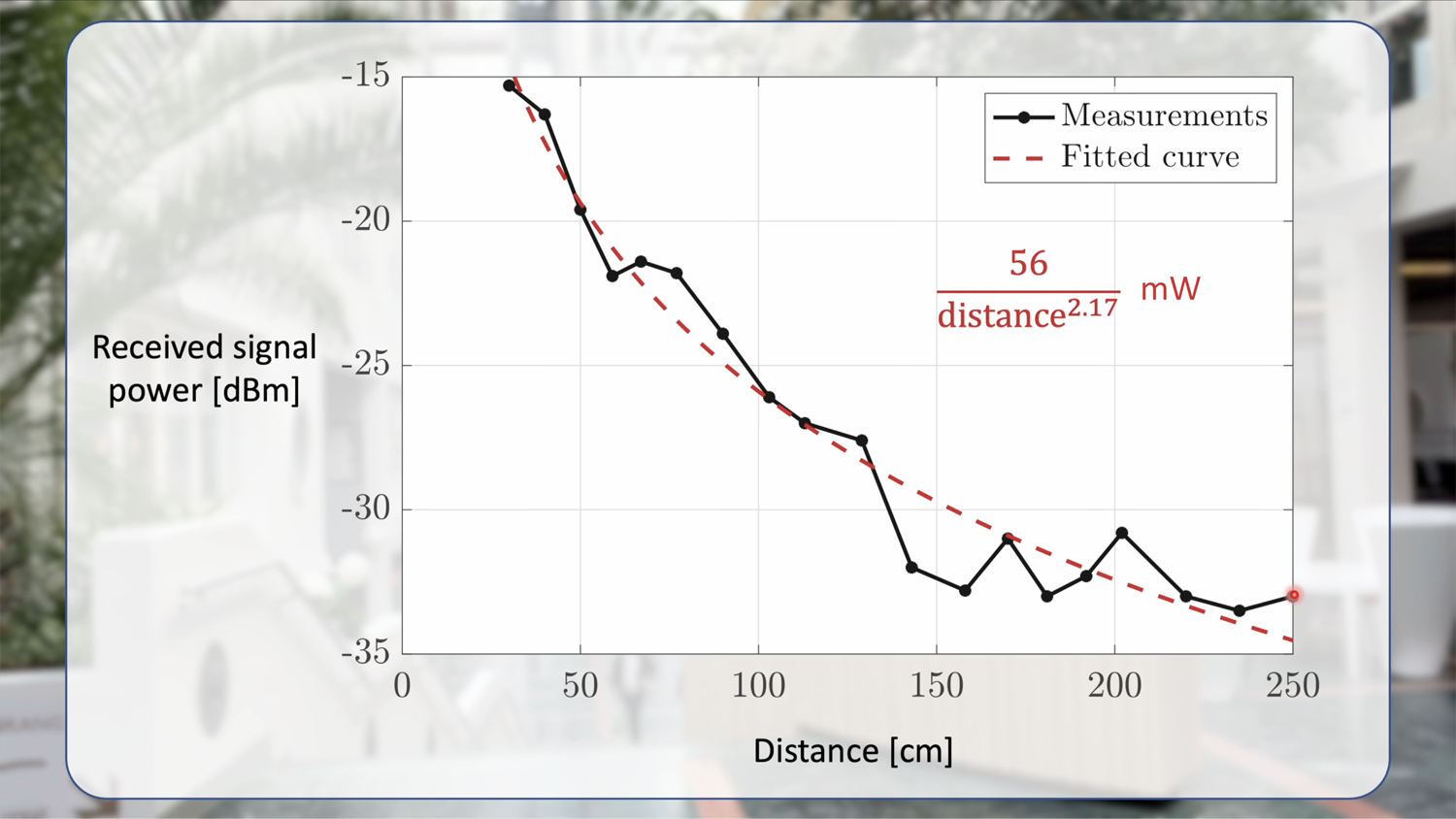 Image 4: Outdoor measurements at distances to 250 centimeters. The graph also demonstrates the decrease in received signal power as distance increases (screenshots from Prof. Björnson’s video).
Image 4: Outdoor measurements at distances to 250 centimeters. The graph also demonstrates the decrease in received signal power as distance increases (screenshots from Prof. Björnson’s video).
Experiment 2: Signal Penetration and Object Analysis
In the realm of mmWave communications, beamforming plays a crucial role in enabling reliable transmission. By converting the signal into electromagnetic waves, beamforming aims to overcome the challenges posed by various environmental factors such as weather conditions, buildings, and different materials. These factors can give rise to absorption, multipath fading, reflection, and propagation effects, significantly impacting wireless communication at mmWave frequencies.
To gain deeper insights into these effects, Prof. Björnson conducts an experiment that focuses on signal penetration, object analysis, and noise considerations. Operating within the widely used 26.5 GHz mmWave band, the experiment involves measuring the received signal power with different objects placed between the transmitter and receiver while taking into account the noise floor, which in this case is at -36.88 dBm.
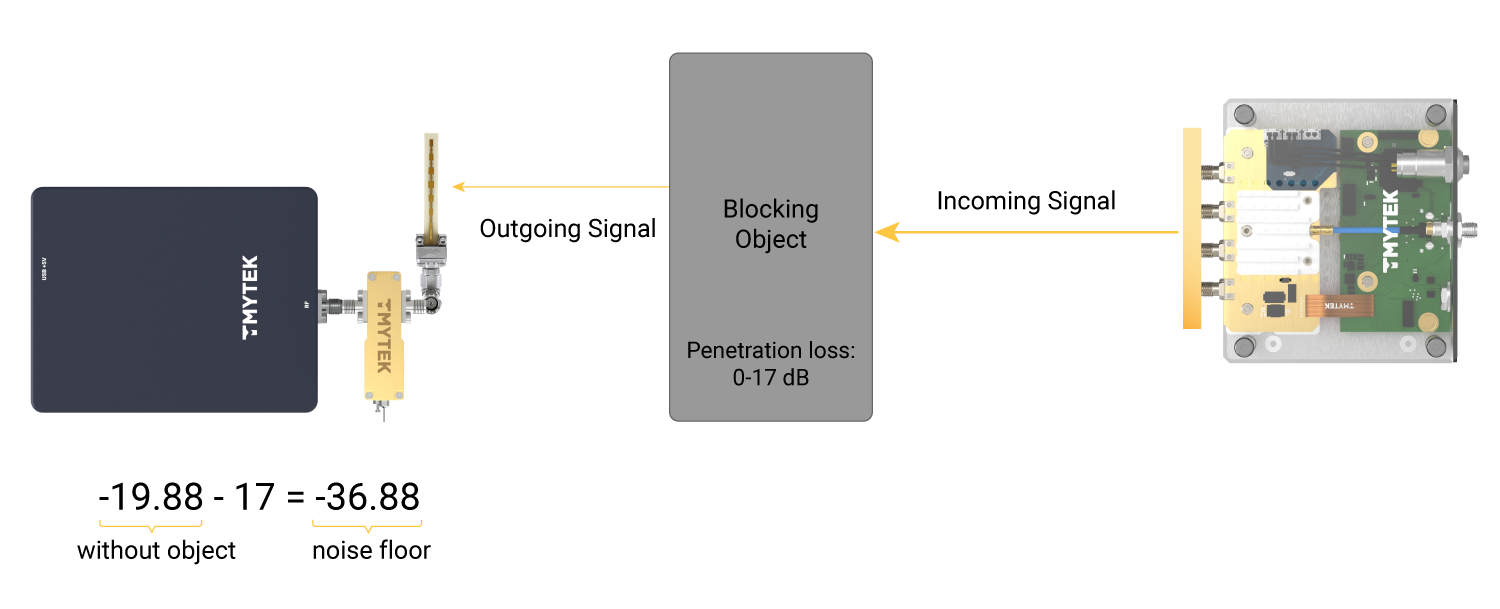 Image 5: Experiment set-up for signal penetration, object analysis, and noise considerations
Image 5: Experiment set-up for signal penetration, object analysis, and noise considerations
 Table: Different objects placed between Tx and Rx and their penetration loss in dB
Table: Different objects placed between Tx and Rx and their penetration loss in dB
The results of the experiment shed light on the impact of objects on mmWave signals. Materials like wood and plastic exhibit minimal blockage, allowing the signals to pass through with relatively little hindrance. However, materials such as metal foil and even the human hand prove to be complete barriers, resulting in the loss of mmWave signals down to the noise floor. Interestingly, the cumulative effect of multiple objects becomes apparent, as stacking books or increasing object thickness increases the penetration loss.
These findings not only emphasize the importance of understanding the behavior of objects in mmWave communications but also underscore the significance of beamforming techniques. By directing the transmitted signals, beamforming helps mitigate the obstacles posed by objects and enhances signal penetration. It serves as a vital tool to overcome the challenges associated with mmWave communication, enabling reliable and efficient wireless connectivity.
While the experiment focuses on signal blockage and penetration losses, it is essential to recognize the broader role of beamforming in wireless communication. During the mass production phase, most wireless communication systems are tested using conduction. However, understanding the radiative effects and the impact of the environment on signal propagation is equally crucial. By delving into the fundamental theories of beamforming and exploring the experimental results, we gain valuable insights into the complexities and opportunities presented by mmWave communications in the context of 5G networks.
➭ For an advanced experiment on constructive and destructive interference in radiation, you may download our Lab Sheet 4 sample here.
Conclusion
The mmWave frequency band in 5G communications presents both opportunities and challenges. While it offers immense bandwidth and low latency, signal propagation in this band is heavily influenced by distance and the presence of objects. Through Prof. Björnson's experiments, we gain a deeper understanding of how the received signal strength decays with distance and how various materials obstruct or allow the passage of mmWave signals.
As we continue to unlock the potential of 5G and mmWave technology, it is crucial to consider these propagation characteristics for efficient network design and optimization. By understanding wave propagation and the impact of objects, we can overcome challenges and devise innovative solutions to enable seamless and reliable mmWave communications in the future.